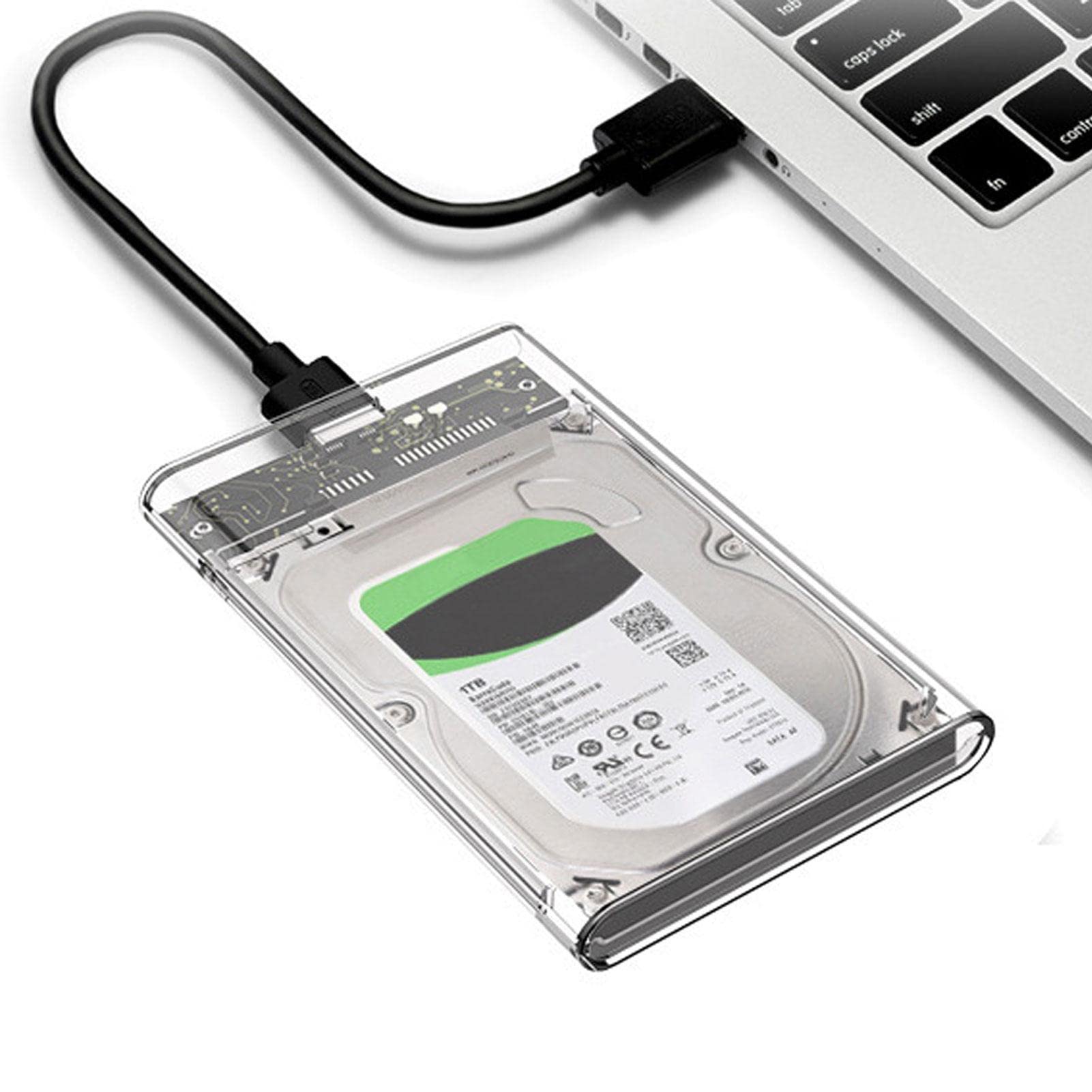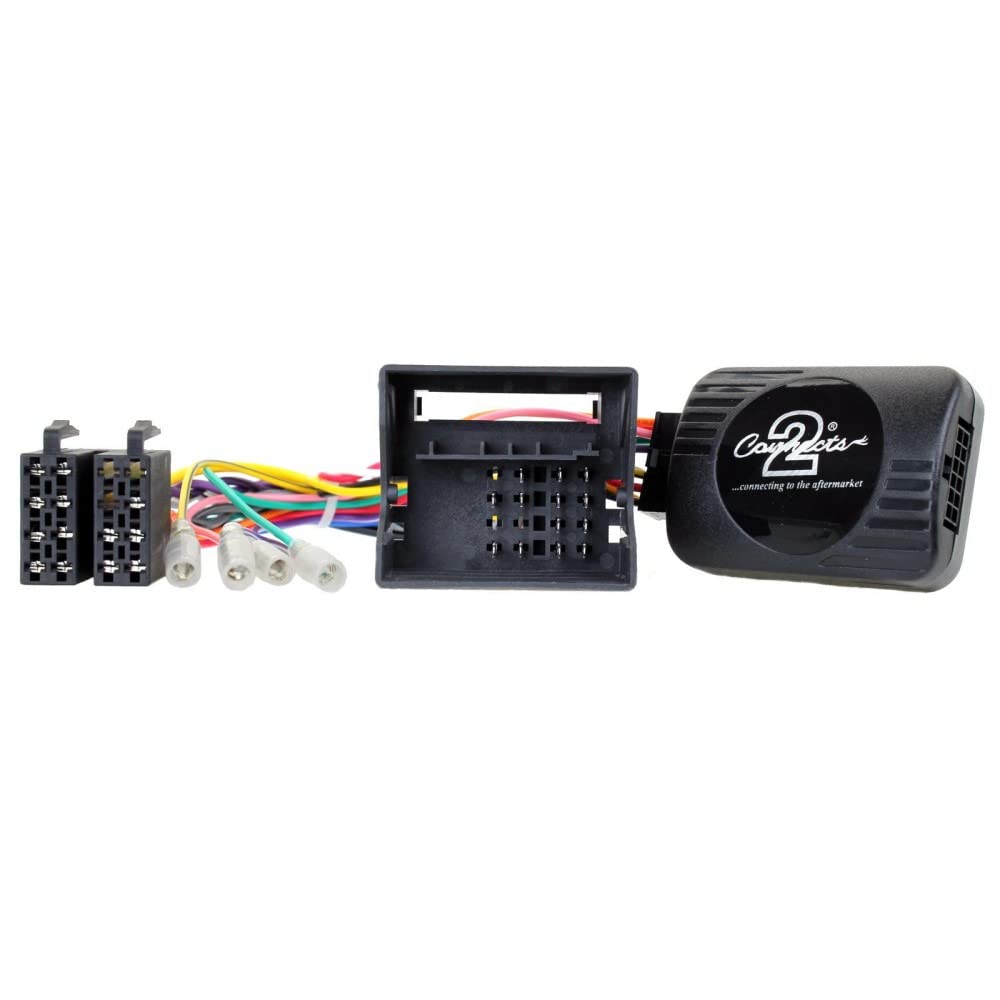Having trouble with Windows Update install error 0x800f0900? Let’s explore the solutions to fix this issue.
Utilize Windows Update Troubleshooter
To fix Windows Update install error 0x800f0900, you can utilize the Windows Update Troubleshooter. This tool is designed to identify and resolve issues with Windows Update. Here’s how you can use it:
1. Press the Windows key + I to open the Settings app.
2. Go to “Update & Security” and click on “Troubleshoot” in the left-hand menu.
3. Scroll down and click on “Additional troubleshooters.”
4. Find and select “Windows Update” from the list of troubleshooters.
5. Click on “Run the troubleshooter” and follow the on-screen instructions.
The Windows Update Troubleshooter will scan your system for any problems that may be preventing Windows Update from installing updates correctly. If any issues are found, the tool will attempt to fix them automatically.
If the troubleshooter doesn’t resolve the error, you can try other methods such as running the System File Checker (SFC) tool, checking your disk partitions for errors, or updating device drivers. These steps can help ensure that your system is in good condition for successful Windows Update installations.
Remember to always keep your antivirus software up to date and run regular scans to check for malware or other security threats. Third-party software components can sometimes interfere with Windows Update, so it’s important to ensure that your system is clean and free from any malicious programs.
Execute SFC and DISM Scans
To fix Windows Update Install Error 0x800f0900, you can try executing SFC and DISM scans. These scans can help identify and repair any corrupted system files that may be causing the error.
Here’s how you can perform these scans:
1. Press the Windows key + X and select “Command Prompt (Admin)” to open an elevated Command Prompt.
2. In the Command Prompt window, type “sfc /scannow” and press Enter. This will initiate the System File Checker (SFC) scan. It will scan your system files for any errors and attempt to repair them automatically.
3. Wait for the scan to complete. This process may take some time, so be patient. Once the scan is finished, you will see a message stating whether any corrupt files were found and repaired.
4. After the SFC scan is complete, you can proceed with the DISM scan. In the same Command Prompt window, type “dism /online /cleanup-image /restorehealth” and press Enter. This will initiate the Deployment Image Servicing and Management (DISM) scan, which will check for any issues with the Windows image and attempt to fix them.
5. Wait for the DISM scan to complete. This process may also take some time. Once the scan is finished, you will see a message indicating whether any issues were found and repaired.
6. After completing both scans, restart your computer and try to install the Windows updates again. The error 0x800f0900 should be resolved, and you should be able to update your system without any issues.
If the issue persists, you may need to consider other troubleshooting methods or seek further assistance from Microsoft or a professional technician.
Ensure Sufficient Space for Upgrading

To ensure a successful upgrade and avoid Windows Update Install Error 0x800f0900, it is crucial to have sufficient space on your device. Insufficient space can hinder the installation process and lead to errors.
To resolve this issue, follow these steps:
1. Check your available disk space. Open File Explorer, right-click on the drive where Windows is installed (usually C:), and select Properties. Ensure that you have enough free space for the upgrade. If your disk space is limited, consider freeing up space by deleting unnecessary files or moving them to an external storage device.
2. If you have multiple partitions on your hard drive, make sure that the partition where Windows is installed has enough space for the upgrade. You can use Disk Management or third-party partitioning tools to adjust the partition sizes if necessary.
3. Disable unnecessary programs and services that may be running in the background. Open Task Manager by pressing Ctrl+Shift+Esc and go to the Startup tab. Disable any programs that are not essential for the upgrade process.
4. Temporarily disable your antivirus software to prevent any conflicts during the installation. This can be done by accessing the settings of your antivirus program and disabling real-time protection or temporarily pausing the software.
Restart Windows Update Services
To fix the Windows Update install error 0x800f0900, you may need to restart the Windows Update services. Here’s how you can do it:
1. Open the Command Prompt as an administrator. To do this, press the Windows key, type “cmd,” and right-click on “Command Prompt.” Then, select “Run as administrator.”
2. In the Command Prompt window, type the following commands one by one, pressing Enter after each one:
net stop wuauserv
net stop cryptSvc
net stop bits
net stop msiserver
3. After stopping the services, you need to rename the SoftwareDistribution and Catroot2 folders. To do this, type the following commands in the Command Prompt, pressing Enter after each one:
ren C:\Windows\SoftwareDistribution SoftwareDistribution.old
ren C:\Windows\System32\catroot2 Catroot2.old
4. Once you have renamed the folders, you can start the services again. Type the following commands in the Command Prompt, pressing Enter after each one:
net start wuauserv
net start cryptSvc
net start bits
net start msiserver
5. Finally, you can close the Command Prompt and try running Windows Update again to see if the error 0x800f0900 is resolved.
Restarting the Windows Update services can help resolve various Windows Update issues, including error 0x800f0900. If the error persists, you may need to try other troubleshooting steps or seek further assistance.
Employ Update Assistant for Installation

To fix Windows Update Install Error 0x800f0900, you can employ the Update Assistant for installation. Here’s a guide to help you through the process.
1. Download the Update Assistant from the official Microsoft website.
2. Run the downloaded file, and the Update Assistant will start.
3. Follow the on-screen instructions to proceed with the installation.
4. During the installation process, the Update Assistant will check for any compatibility issues with your system.
5. If any issues are found, the Update Assistant will provide recommendations or suggest actions to resolve them.
6. Once the compatibility check is complete, the Update Assistant will download the necessary files for the Windows update.
7. After the download is finished, the Update Assistant will begin the installation process.
8. The installation may take some time, so be patient and let it complete.
9. Once the installation is finished, the Update Assistant will prompt you to restart your computer.
10. Follow the instructions to restart your computer and complete the installation.
By employing the Update Assistant, you can overcome the Windows Update Install Error 0x800f0900 and ensure a successful update.
Opt for Media Creation Tool or Clean Reinstall
If you are encountering the Windows Update Install Error 0x800f0900, there are two effective solutions you can try: using the Media Creation Tool or performing a clean reinstall.
Media Creation Tool: This tool is provided by Microsoft and can help you create installation media for Windows 10. Follow these steps:
1. Download the Media Creation Tool from the official Microsoft website.
2. Run the tool and select “Create installation media for another PC.”
3. Choose the language, edition, and architecture that matches your current Windows installation.
4. Select either a USB flash drive or an ISO file as the installation media.
5. Follow the on-screen instructions to complete the creation process.
6. Once the installation media is ready, insert the USB drive or mount the ISO file.
7. Run the setup.exe file to start the installation process.
8. Select “Upgrade this PC now” and follow the prompts to install Windows 10.
Clean Reinstall: If the Media Creation Tool doesn’t resolve the error, a clean reinstall of Windows might be necessary. Remember to back up your important files before proceeding. Here’s how:
1. Download the Windows 10 ISO file from the official Microsoft website.
2. Create a bootable USB drive using tools like Rufus or the Windows USB/DVD Download Tool.
3. Insert the bootable USB drive into your computer and restart.
4. Press the appropriate key (usually F12 or Del) to access the boot menu and select the USB drive as the boot device.
5. Follow the on-screen instructions to start the Windows installation.
6. At the “Where do you want to install Windows?” screen, select the appropriate disk partition and click “Delete.”
7. Create a new partition and select it for installation.
8. Follow the remaining prompts to complete the installation process.
Remember to reinstall any necessary drivers, software, and updates after completing the installation.
By using either the Media Creation Tool or performing a clean reinstall, you should be able to resolve the Windows Update Install Error 0x800f0900 and get your Windows system up and running smoothly again.
Frequently Asked Questions
What is error code 0x800f0984?
The error code 0x800f0984 indicates that there is a missing binary in the matching component directory. To resolve this issue, you can try using DISM or the System Update Readiness tool.
How do I fix Windows Update database error?
To fix a Windows Update database error, you can try the following troubleshooting steps:
– Run System File Checker.
– Run DISM tool.
– Reset Windows Update Components manually.
– Perform a clean boot.
– Reset the computer.
How do I fix error 0x800f0900?
To fix error 0x800f0900, follow these steps:
1. Open Settings by pressing the Win + I key.
2. Go to Update & Security > Troubleshoot.
3. Under the Get up and running section, click on Windows Update.
4. Select the Run the troubleshooter button from the extended pane.
5. Follow the on-screen instructions to complete the troubleshooting process.

